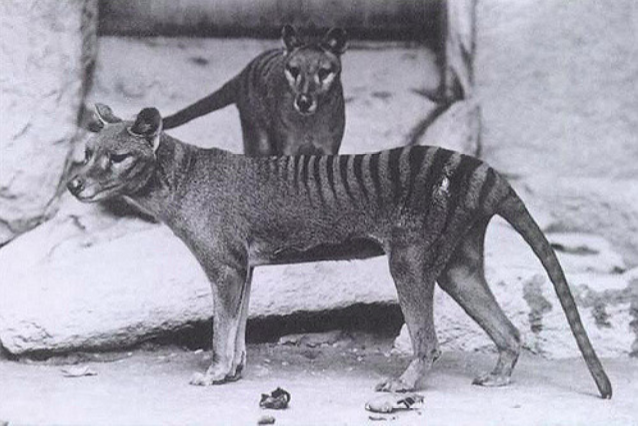In 1936, after a government-funded campaign of eradication, the last known Tasmanian tiger died, of exposure, in a Hobart zoo. Science waited the customary 50 years to see if some compelling proof of the species' continued existence would emerge; when it didn't, the animals (known to science as thylacines) were declared extinct.
Tasmanian tigers, like the dodo, the passenger pigeon, and the great auk, became one of history's most famous extinctions—part of an early moment when we were suddenly forced to confront the magnitude of our own destructive power, capable of overwhelming what had seemed to be the endless abundance of nature.
But not everyone was convinced. Over the next eight decades, Australians have continued to report thousands of sightings of the animal—not just in Tasmania, where it had only relatively recently disappeared, but across mainland Australia, where they were widely agreed to have been missing for at least a few thousand years. A public mainland university is still actively looking for them. This project is a narrative account of this ongoing fascination. Believing in the thylacine's survival is about more than the animal: people want to believe not just that their country's ecology isn't irreparably broken, but that their lands are still wild and unknowable, that nature is not wholly stripped of its capacity for surprise and resilience.








